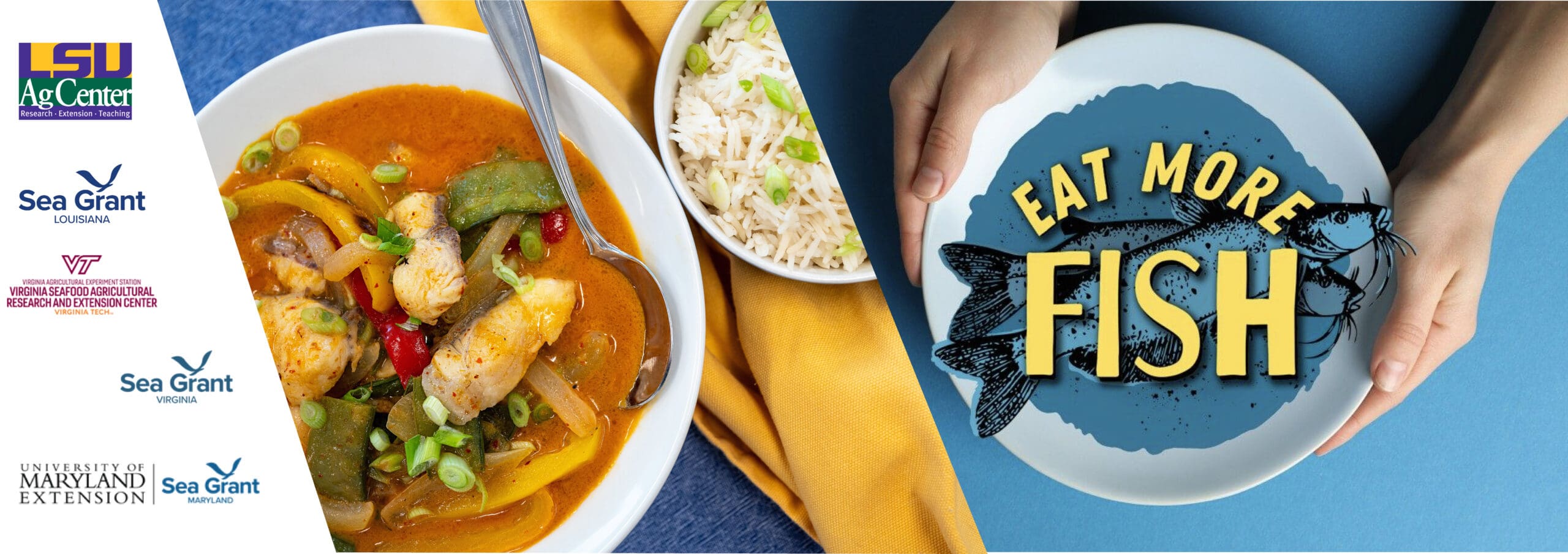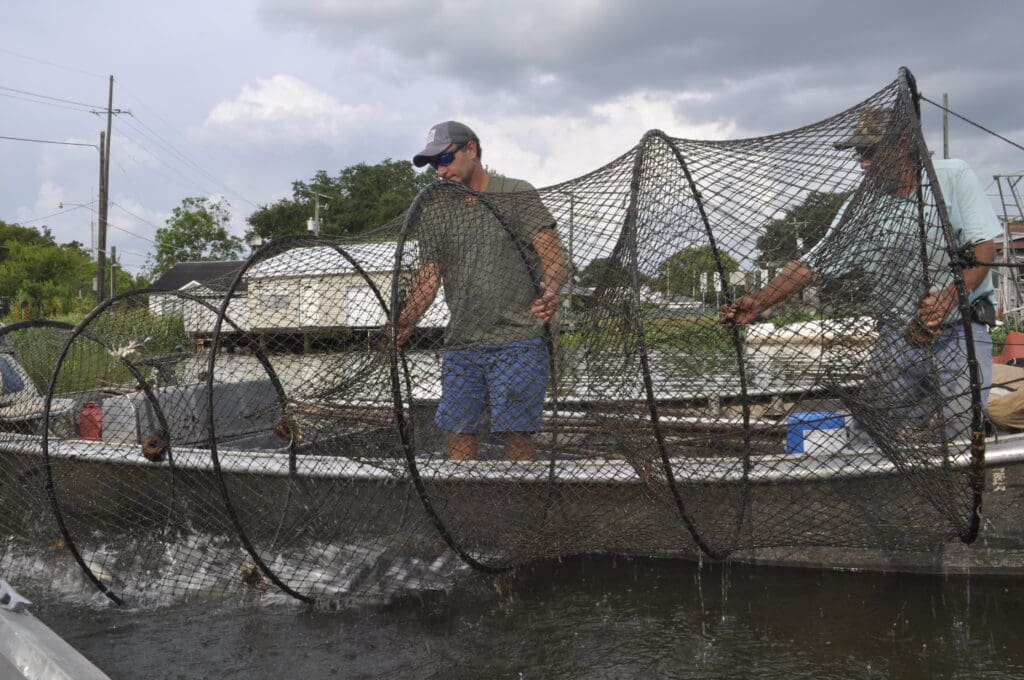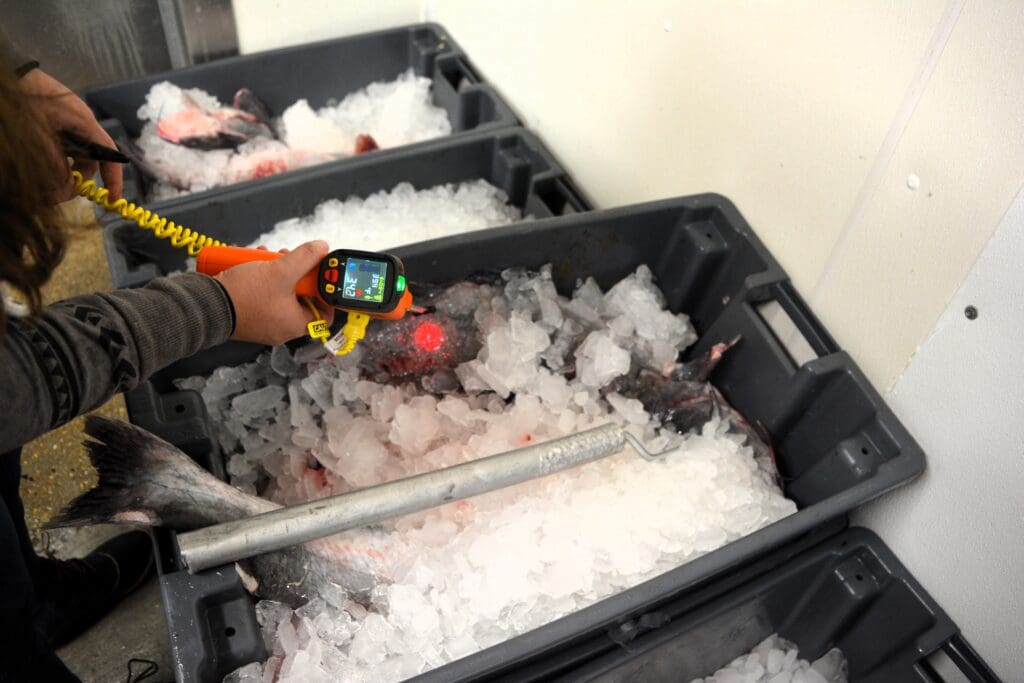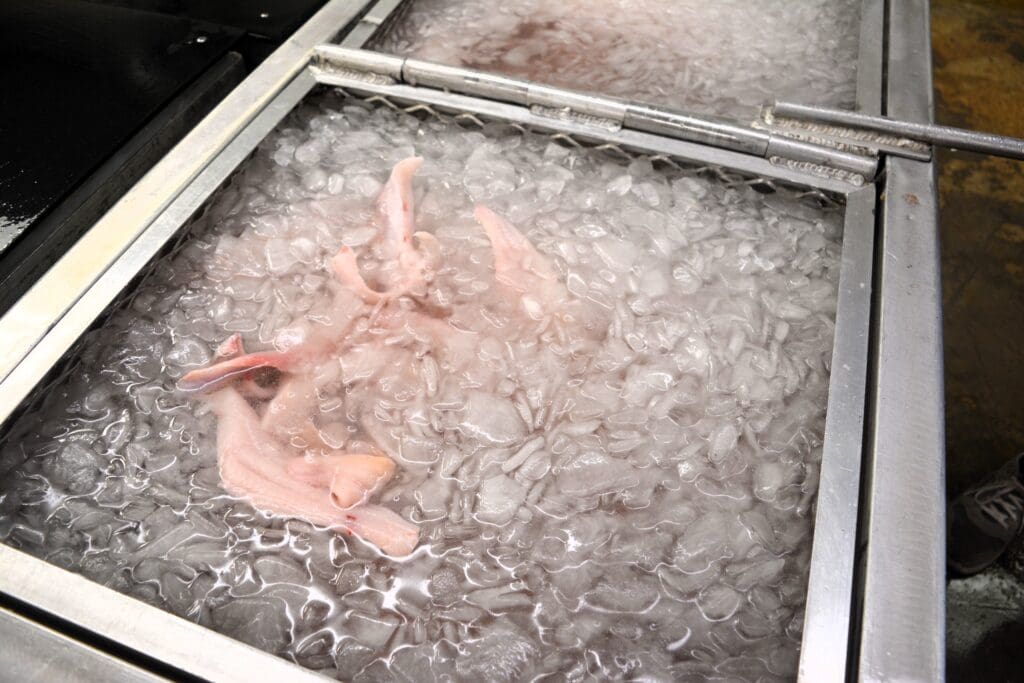Eat More Fish
Premium Wild Caught Catfish
Catfish is the largest freshwater fishery in the U.S., with Louisiana leading in harvests. Blue catfish, an invasive species in the Chesapeake Bay, threatens local ecosystems. A partnership between Louisiana, Virginia, and Maryland is creating market opportunities by promoting its harvest, processing, and consumption. This approach not only supports local economies but also helps restore ecological balance. Enjoying blue catfish can be both delicious and environmentally beneficial—a true win-win for people and nature.
Fresh. Chilled. Delicious.
Premium Wild Caught Catfish was born as demand for authentic, wild-caught domestic seafood grows by leaps and bounds.
These catfish taste fresh and delicious because our fishermen and processors follow strict, best handling practices from the moment the catfish is harvested.

Eat More Fish Webinar Series- Blue Catfish Edition
The third edition of Eat More Fish digs into the problems and opportunities simmering around the invasive blue catfish in the Chesapeake Bay! Gain the know-how to start savoring blue catfish at home while helping the Chesapeake Bay by joining our team of Extension specialists, industry insiders, and skilled cooks in this 3-session webinar series.
Discover the Eat More Fish webinar, a free and flavorful initiative from Virginia Cooperative Extension! Hosted by Keri Rouse with support from Katheryn Paraga and Cynthia Gregg, this engaging series helps home cooks explore the benefits, history, and safe preparation of Virginia seafood. Launched three years ago, the program brings seafood out of the restaurant and into your kitchen with expert tips and guest speakers. Last year spotlighted oysters—this year promises an even deeper dive into the diverse world of local seafood. Join us to celebrate Virginia’s seafood heritage and unlock delicious, approachable ways to enjoy it at home!
To learn more about Eat More Fish visit Eat More Fish | Virginia Agricultural Research and Extension Centers | Virginia Tech
To learn fun and delicious ways to cook catfish visit From the Kitchen | Louisiana Direct Seafood
Fishery in the Chesapeake Bay and Consumer Preferences
Dive into Virginia’s seafood scene with the Eat More Fish webinar, hosted by Katheryn Paraga, a Muscle Food Safety Extension Specialist at Virginia Tech’s Seafood AREC. Launched in 2022 by Virginia Cooperative Extension, this free program celebrates the state’s rich marine bounty while teaching safe, simple, and delicious seafood prep at home. With support from Keri Rouse and Cynthia Gregg, the webinar blends expert insights with approachable culinary tips. Whether you’re a seafood lover or just curious, this initiative boosts food literacy and inspires confidence in the kitchen. Join the journey and savor the flavors of Virginia’s waters!
To learn more about Eat More Fish visit Eat More Fish | Virginia Agricultural Research and Extension Centers | Virginia Tech
To learn fun and delicious ways to cook catfish visit From the Kitchen | Louisiana Direct Seafood
Reel It In Right: Catfish Care and Culinary Creativity
Join us for an engaging and informative webinar, “Eat More Blue Catfish,” where we delve into the culinary and safety aspects of blue catfish. This video features expert insights from Carrie Rouse of the Virginia Seafood AREC, Cynthia Gregg, and food safety specialist Katheryn Parraga. Learn about the importance of food safety, handling, and cooking techniques for blue catfish. Watch cooking demonstrations of delicious recipes like red curry catfish and coconut blue catfish sliders. Discover the nutritional benefits and environmental impact of consuming blue catfish, an invasive species in the Chesapeake Bay. This video is perfect for seafood enthusiasts, home cooks, and anyone interested in sustainable eating. Don’t miss out on this opportunity to expand your culinary skills and knowledge about blue catfish!
To learn more about Eat More Fish visit Eat More Fish | Virginia Agricultural Research and Extension Centers | Virginia Tech
To learn fun and delicious ways to cook catfish visit From the Kitchen | Louisiana Direct Seafood
From The Kitchen
In this cooking demonstration, Mike Hutton from the Virginia Marine Products Board introduces the wild blue catfish, an invasive species with firm, sweet white meat. Chef Burroughs showcases a Coconut Slider recipe to highlight the versatility and quality of the fish, emphasizing its culinary potential while promoting environmental benefits through its consumption. The presentation aims to demonstrate how this species can be both a delicious and sustainable choice.
See the recipe: Wild Catfish Coconut Sliders
Check this and other delicious seafood recipes From the Kitchen
In this engaging video, Mike Hut, Executive Director of the Virginia Marine Products Board, joins Greg Burrows, a Culinary Institute of Virginia partner, to showcase the versatility of Chesapeake Bay blue catfish. Highlighting its health benefits and ability to absorb flavors, they prepare a curried catfish dish while discussing how this fresh seafood can be substituted for traditional proteins like pork, chicken, and beef. The video emphasizes local ingredients and culinary creativity, making it a delightful watch for food enthusiasts interested in sustainable seafood options.
See the recipe: Wild Catfish Curry
Check this and other delicious seafood recipes From the Kitchen
In this engaging cooking video, Mike Hut, Executive Director of the Virginia Marine Products Board, joins Greg Burrows from the Culinary Institute of Virginia to showcase creative, approachable ways to cook blue catfish. Emphasizing pantry-friendly ingredients and simple techniques, they prepare a Tuscan-inspired pan-seared catfish dish that’s both light and rich. The video highlights the importance of using locally sourced Virginia products and encourages viewers to explore new flavors without overcomplicating meals. This practical, flavorful approach aims to inspire home cooks to enjoy blue catfish while supporting local seafood and sustainable practices.
See the recipe: Tusca Style Catfish
Check this and other delicious seafood recipes From the Kitchen | Louisiana Direct Seafood
Harvesting & Processing

Fish may be harvested using hoop nets, gill nets, and trotlines. Fish must be handled properly on clean, debris-free boats and are immediately chilled onboard to maintain quality.

Fish must never get hot sitting out on the deck; they are cleaned, sorted and chilled in slush ice in less than three hours.
Visit Best Practices in Handling Freshwater Fish to learn how to keep a premium product.

At the dock and processing plant, fish must be kept on ice continuously—from the moment they are received, throughout processing, and until they are shipped—to ensure product quality and safety.
Visit Using Ice to Extend Shelf Life of Raw Catfish for Processors to learn how to keep a premium product.

